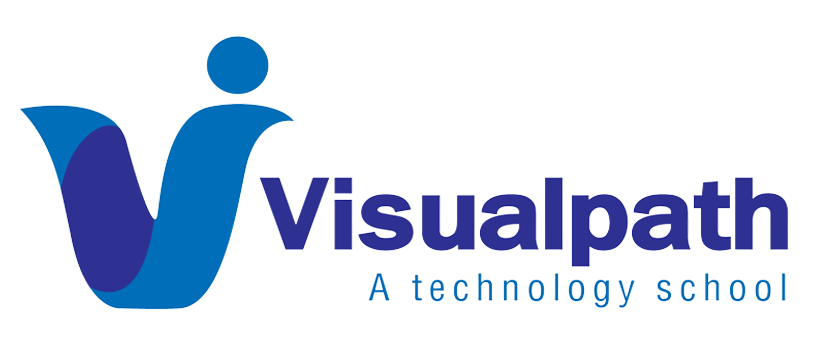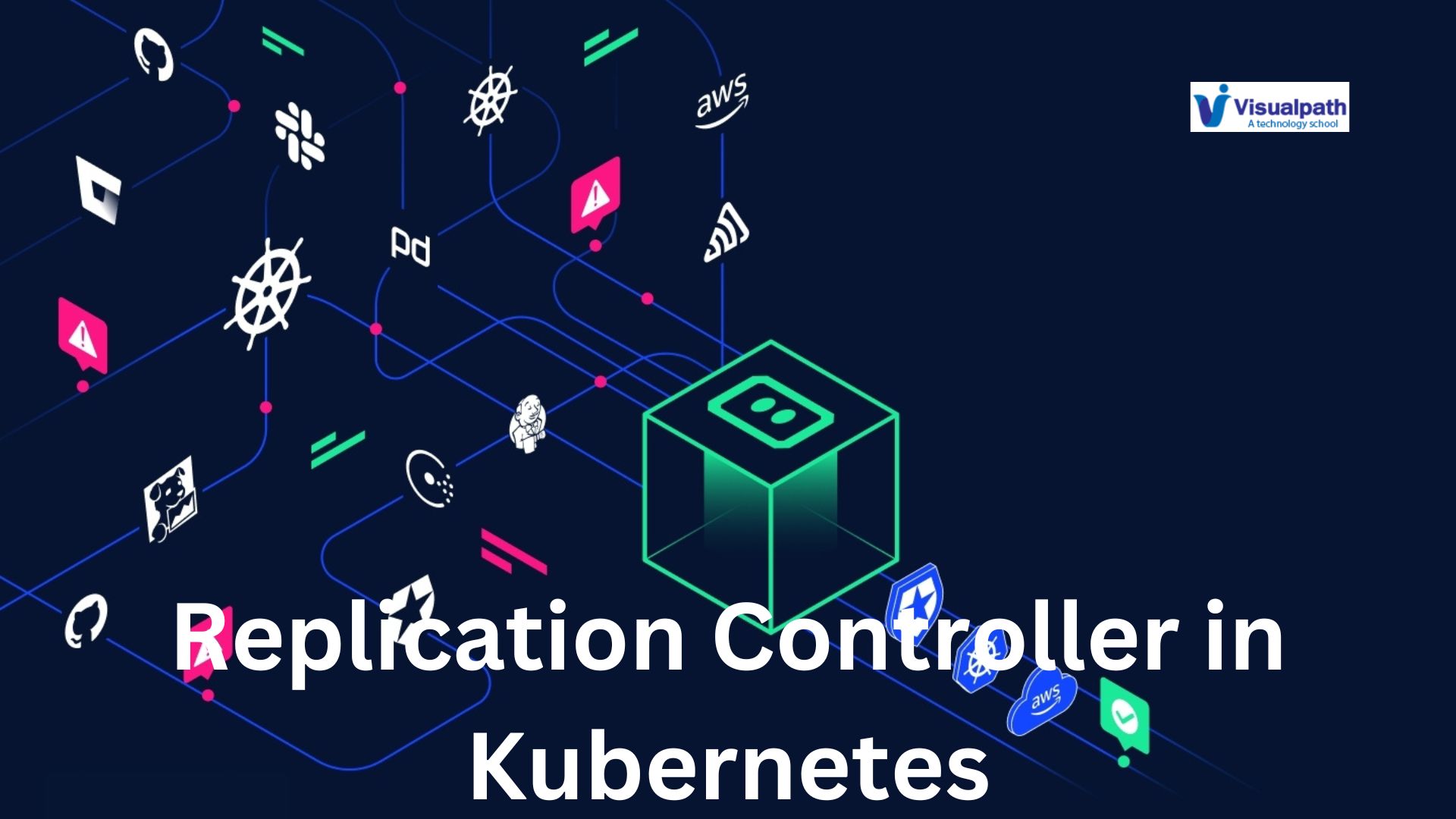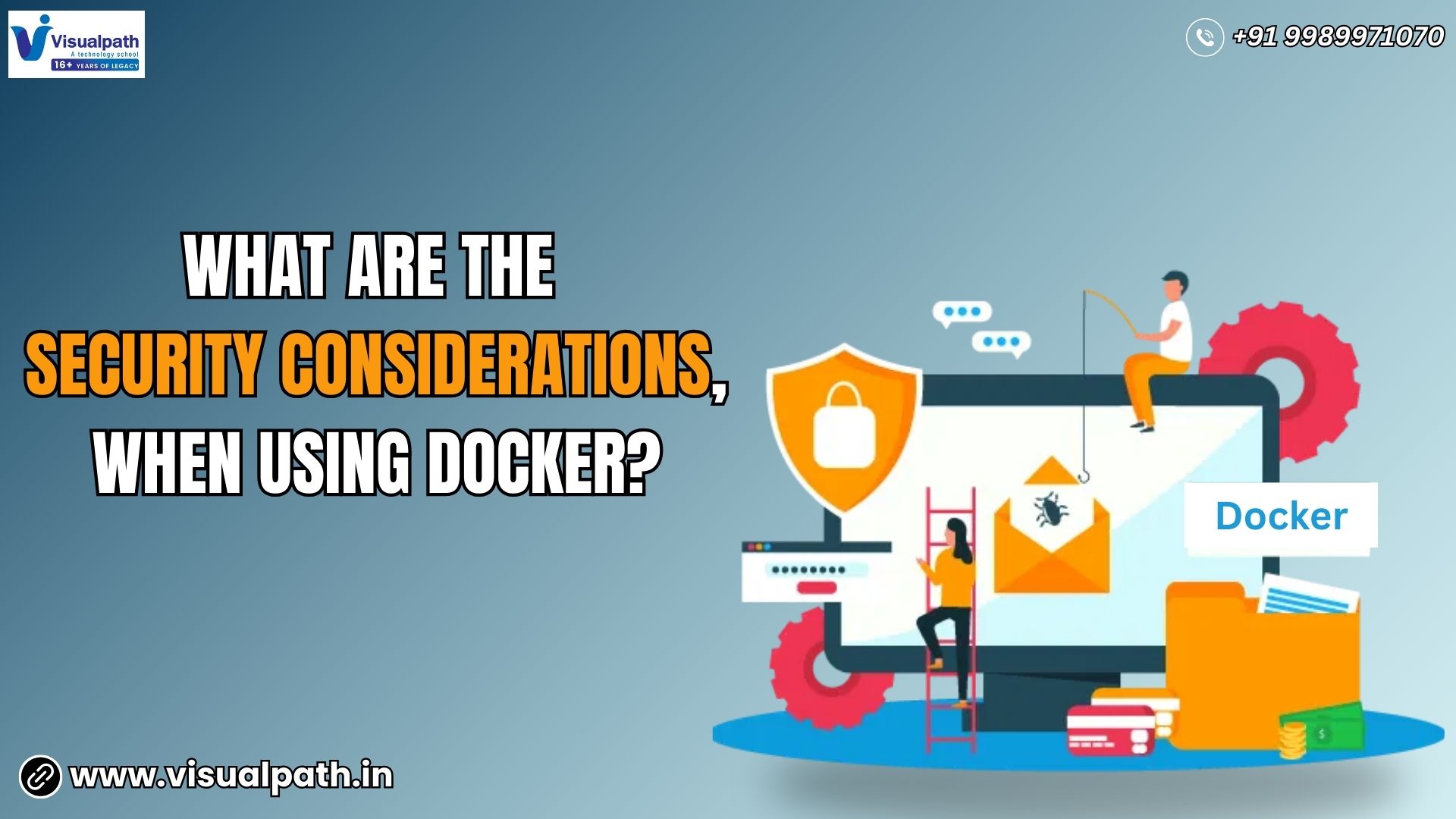Introduction:
Docker underlying technology, containerization, offers a powerful solution to the age-old problem of “it works on my machine” by ensuring consistent environments from development to production. Kubernetes Online Training
The Essence of Containerization:
At the heart of Docker lies containerization, a lightweight form of virtualization that allows multiple containers to run on a single host machine. Unlike traditional virtual machines (VMs) that require a complete operating system for each instance, containers share the host OS kernel, making them more efficient and faster to start. Containers encapsulate an application and its dependencies into a single package, ensuring that it runs uniformly across various environments.
Key Components of Docker:
Docker Engine: The core of Docker, the Docker Engine, is responsible for creating and managing containers. It consists of a server (a daemon process), a REST API for interacting with the daemon, and a command-line interface (CLI) for issuing commands. Docker and Kubernetes Training
Docker Images: Docker images are immutable templates that define the contents of a container. They are built from a series of layers, each representing a change or addition to the image. Images are created using a Dockerfile, a text file that contains instructions for building the image.
Docker Containers: Containers are instances of Docker images. They are created from images and run in isolated environments. Containers can be started, stopped, moved, and deleted using Docker commands. Each container is assigned a unique ID and can be interacted with through the Docker CLI or API.
Docker Registries: Registries are repositories for storing and distributing Docker images. Public registries, like Docker Hub, allow users to share and access images from around the world. Private registries can be set up for internal use within an organization, providing secure storage and access to proprietary images.
How Docker Works:
Namespaces: Docker uses Linux namespaces to provide isolated workspaces for containers. Namespaces ensure that each container has its own view of the system, including process trees, network interfaces, and mount points. This isolation prevents containers from interfering with each other or the host system. Docker Online Training
Control Groups (cgroups): Docker leverages cgroups to limit and prioritize resources such as CPU, memory, and disk I/O for containers. Cgroups ensure that containers do not consume more resources than allocated, maintaining system stability and performance.
Union File Systems: Docker uses union file systems (such as OverlayFS) to manage the layers of images and containers. These file systems allow multiple file system layers to be transparently overlaid, providing efficient storage and quick image creation.
Container Runtime: The container runtime is responsible for executing containers. Docker initially used its own runtime, but with the advent of the Open Container Initiative (OCI), it now supports runc, a lightweight, standards-compliant runtime.
Conclusion:
Docker’s containerization technology has fundamentally changed the landscape of software development and deployment. By providing a consistent, efficient, and scalable way to package and run applications, Docker has addressed many challenges faced by developers and operations teams.
Visualpath is the Leading and Best Institute for learning Docker and Kubernetes Online in Ameerpet, Hyderabad. We provide Docker Online Training Course, you will get the best course at an affordable cost.
Attend Free Demo
Call on – +91-9989971070
Visit : https://www.visualpath.in/DevOps-docker-kubernetes-training.html




